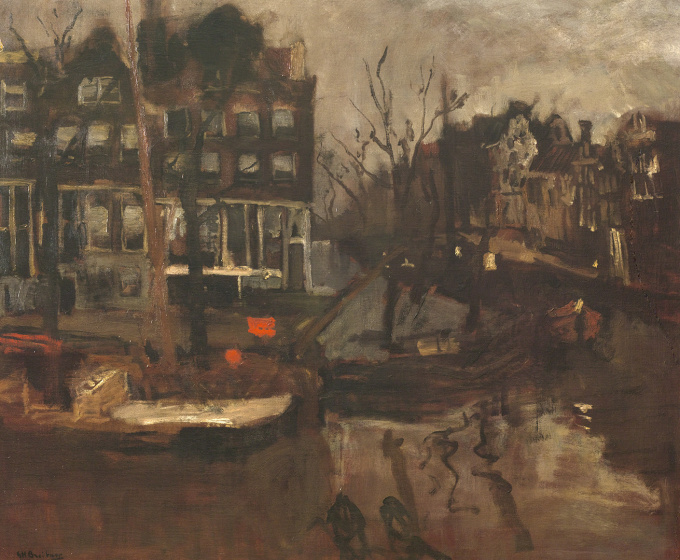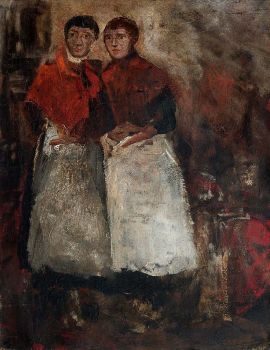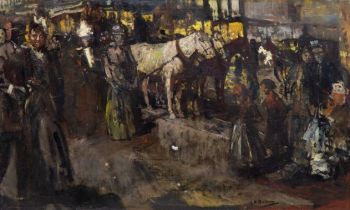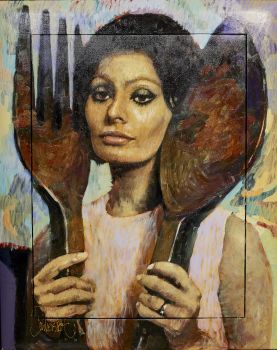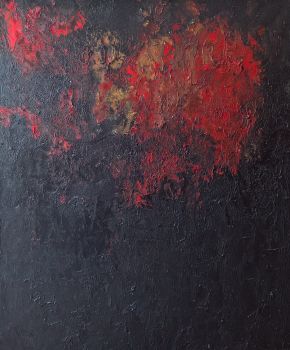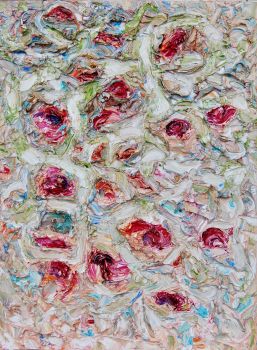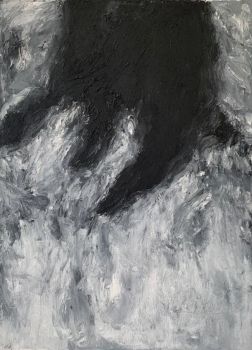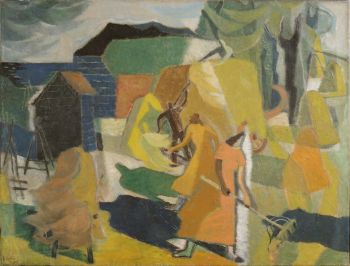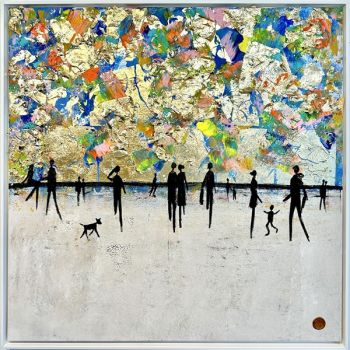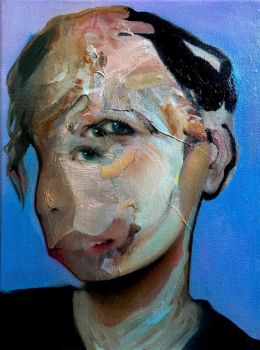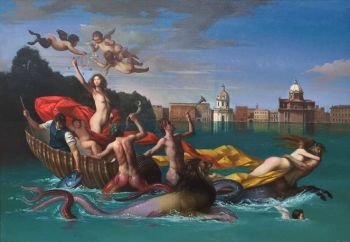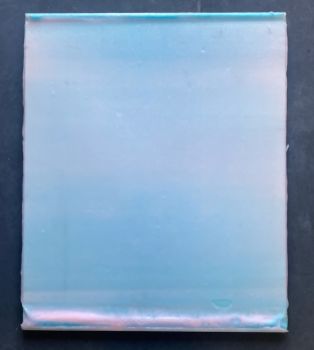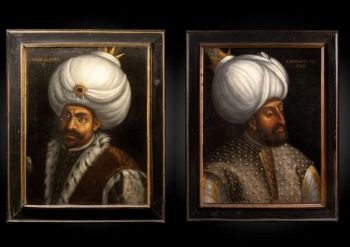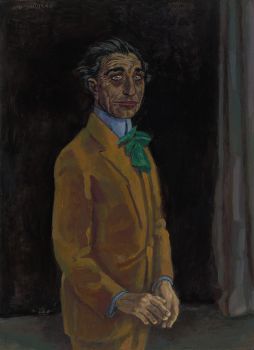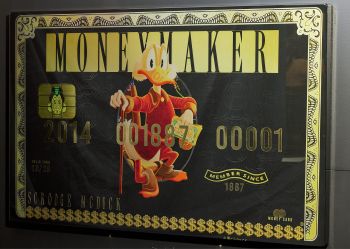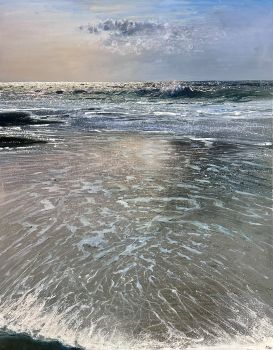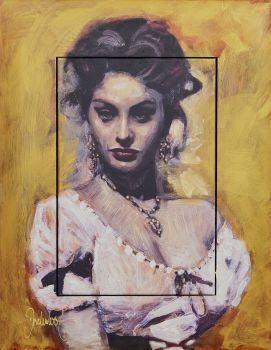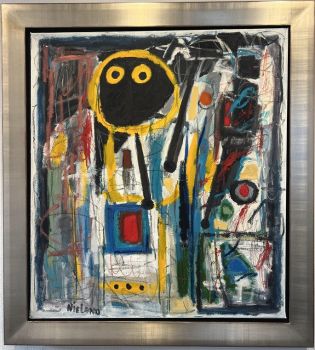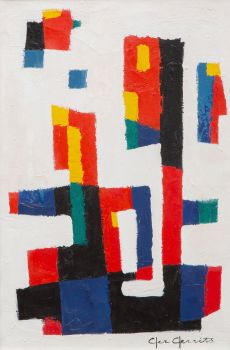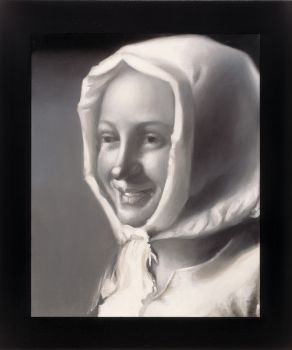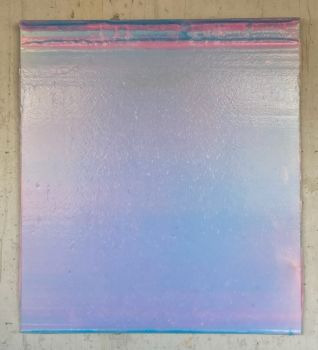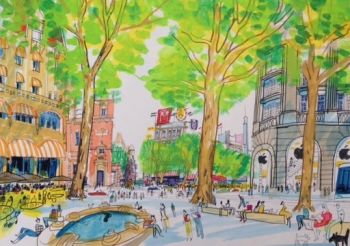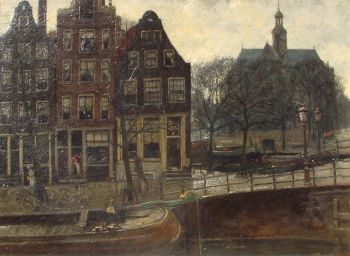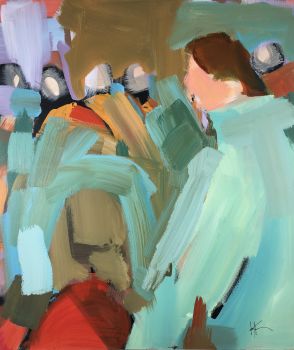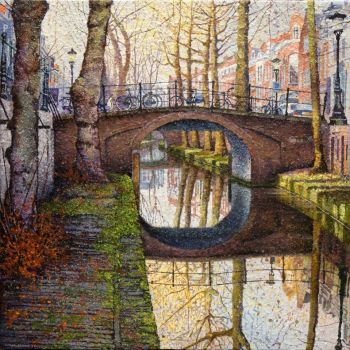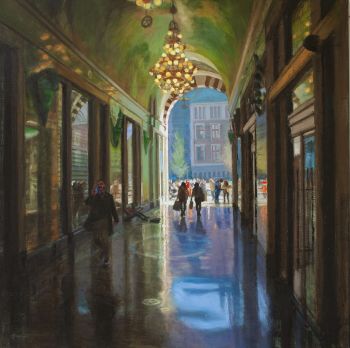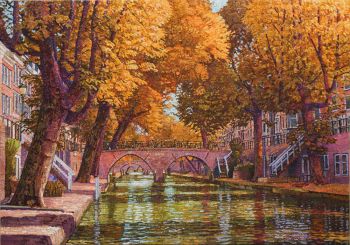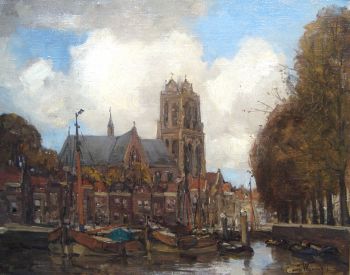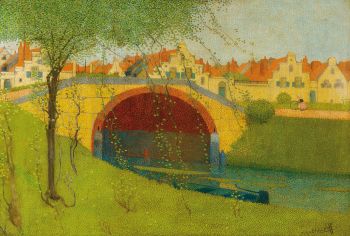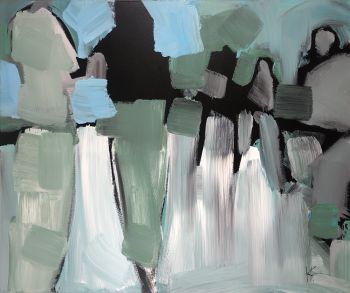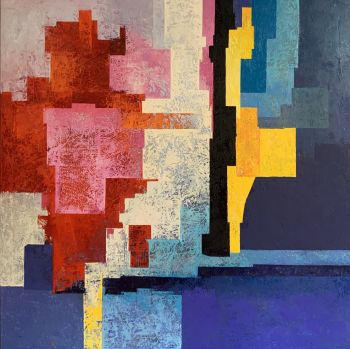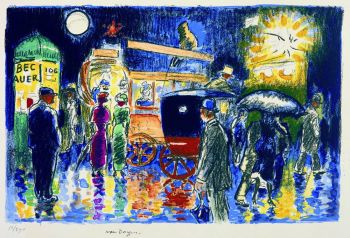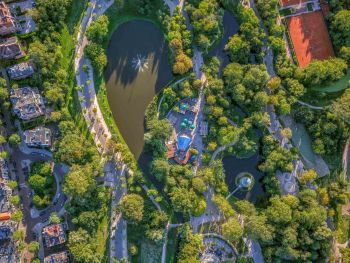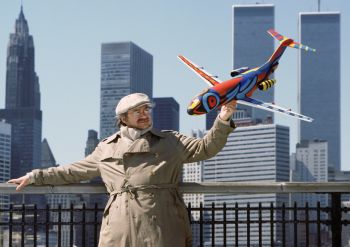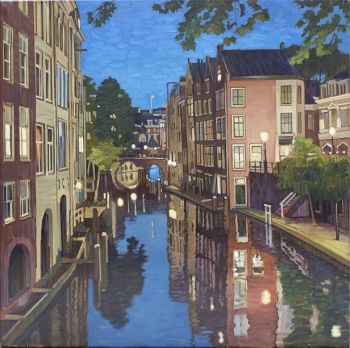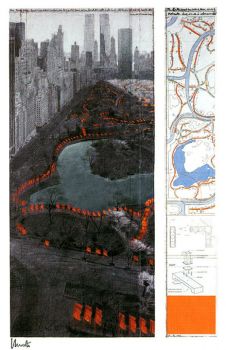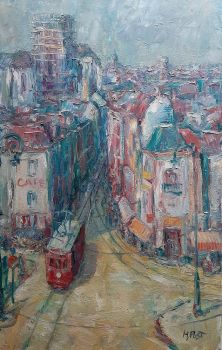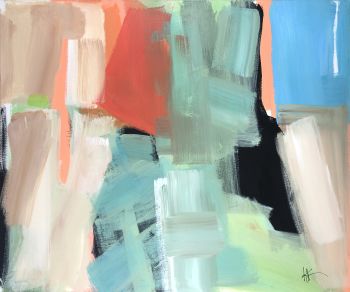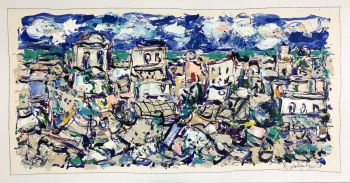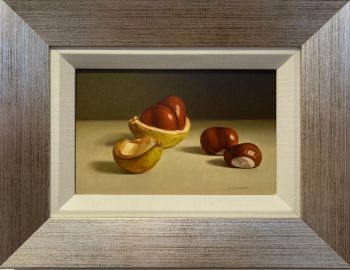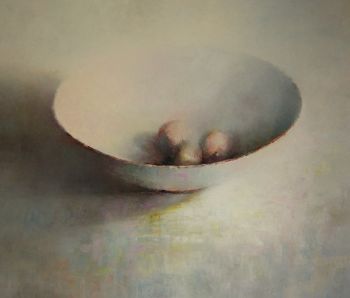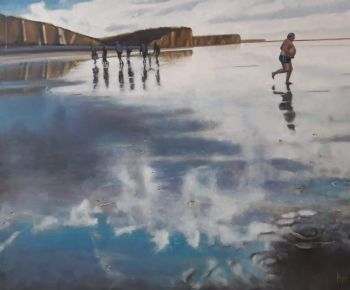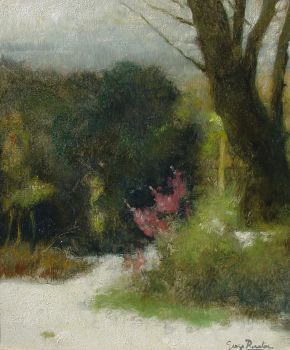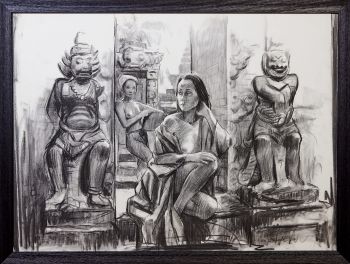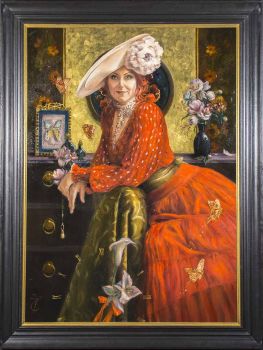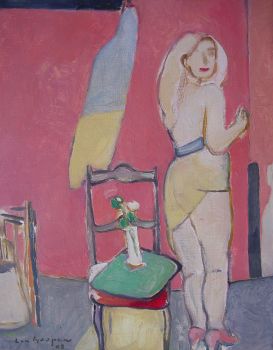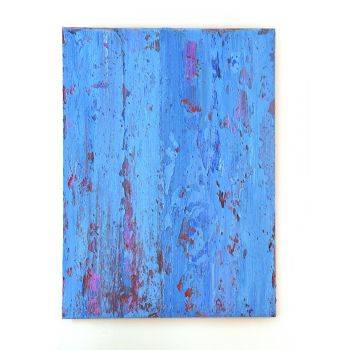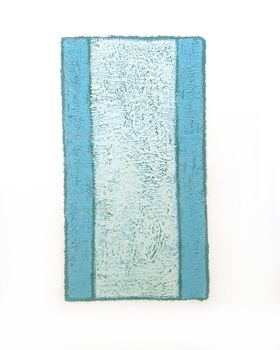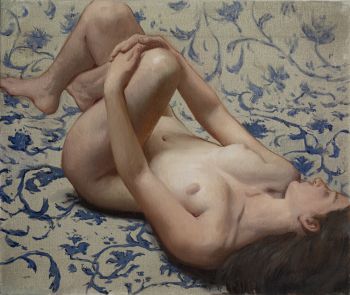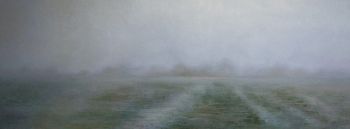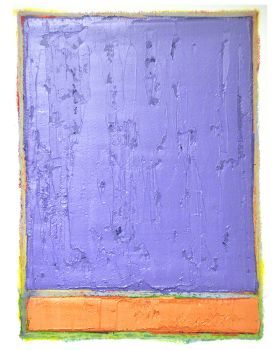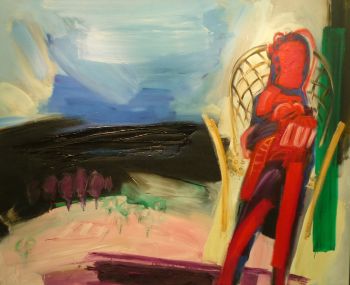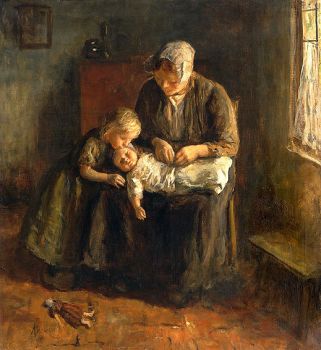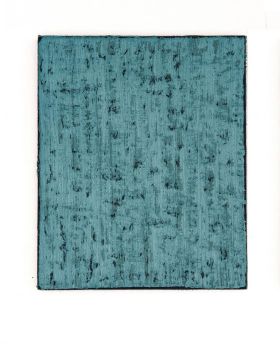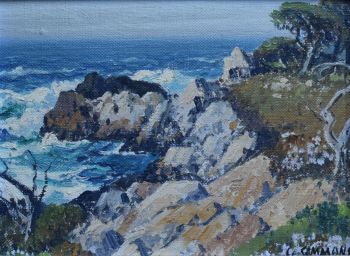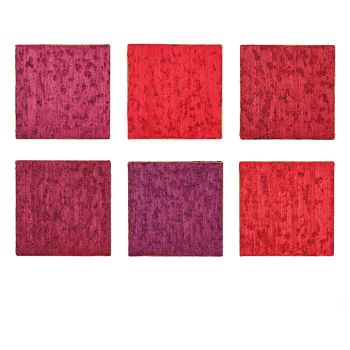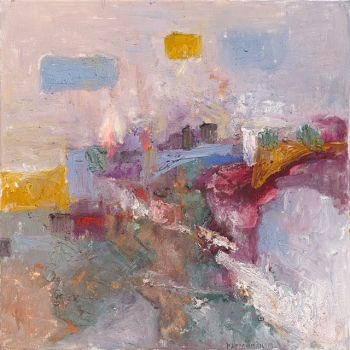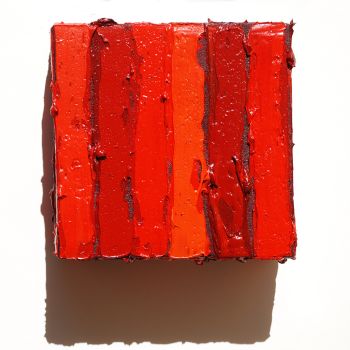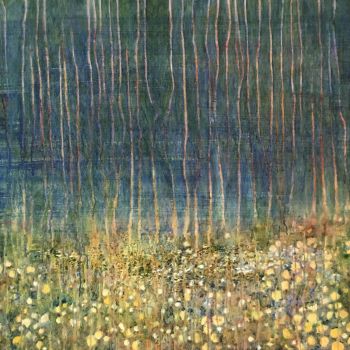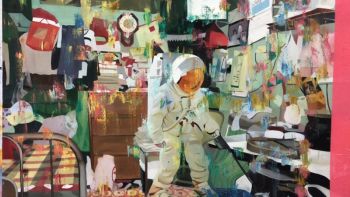The Brouwersgracht near the Korte Prinsengracht, Amsterdam 1900
George Hendrik Breitner
TelaPintura a óleoPintar
85 ⨯ 101 cm
ConditionExcellent
Atualmente indisponível via Gallerease
- Sobre arteOil on canvas
85 x 101 cm.
Signed: lower left ‘G.H. Breitner’
Provenance:Private collection, The Netherlands; Kunsthandel Kupperman, Amsterdam; vlg. Sotheby’s Amsterdam 24-4-2007, lotno. 254; Amsterdams Historisch Museum, on loan, inv.no. SB 6324.
The Brouwersgracht, Korte Prinsengracht and Haarlemmerstraat, all within a circle of not more than 100 metres, were like an open air studio to Breitner. He painted many views of the busy bridges and canals, populated by horse-drawn carts, pedestrians and workmen. In the work of Breitner, who very much sided with the ordinary working class, the human figure played an essential role. He painted the figures at close range, making the beholder feel part of the scene, as if we are standing in the street, amidst the passers-by. Paintings like the present lot show a different aspect of Amsterdam and focus on the calm serenity and timeless beauty of the canals with their gabled houses, seen from a bird's eye view. In this loosely painted view the human figure plays no role. Breitner executed the present lot around 1900. A larger version of the same subject, depicted in winter time, is in the collection of the Rijksmuseum, Amsterdam (on loan to the Historisch Museum in Amsterdam). - Sobre artista
George Hendrik Breitner (1857-1923) nasceu em Rotterdam. Em 1876, matriculou-se na academia de Haia. Mais tarde, ele trabalhou no estúdio de Willem Maris. Nesse período inicial, ele foi especialmente influenciado pelos pintores da Escola de Haia. Breitner preferia os modelos da classe trabalhadora: trabalhadores, empregadas e pessoas de bairros de classe baixa. Ele se via como 'le peintre du peuple', o pintor do povo. Em 1886, muda-se para Amsterdã, onde registra a vida da cidade em esboços, pinturas e fotos. Às vezes, ele fazia várias fotos do mesmo assunto, de diferentes ângulos ou em diferentes condições climáticas. As fotos podem servir de exemplo para uma pintura, como para seus retratos de meninas de quimonos, ou como material de referência geral. Breitner frequentemente colaborava com Isaac Israels; ambos os pintores são chamados de impressionistas de Amsterdã. Os críticos conservadores chamaram o estilo de Breitner de "inacabado".
Artwork details
Related artworks
- 1 - 3 / 3
 Com curadoria de
Com curadoria deDanny Bree
1 - 4 / 24- 1 - 4 / 24
- 1 - 4 / 24

